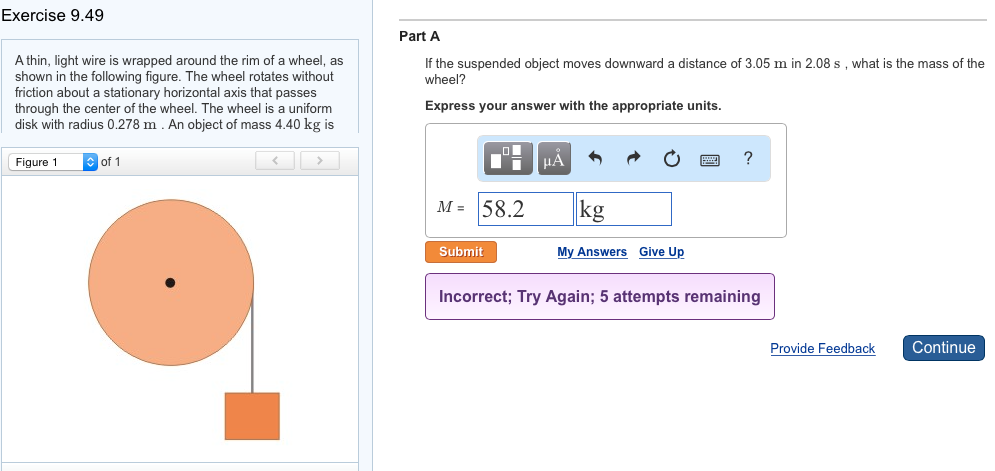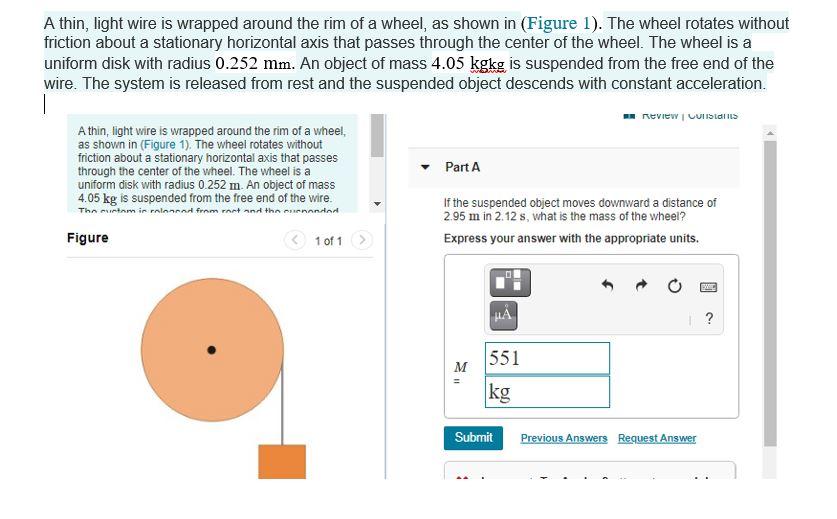The Wheel

The wheel, a seemingly simple invention, stands as a cornerstone of human civilization, revolutionizing transportation, agriculture, and countless other aspects of life. Its impact on human history is immeasurable, shaping societies, economies, and the very fabric of our world.
The Historical Significance of the Wheel
The wheel’s origins can be traced back to ancient Mesopotamia, around 3500 BCE. This groundbreaking invention allowed for the efficient movement of goods and people, significantly expanding trade routes and fostering cultural exchange. The wheel’s introduction marked a pivotal moment in human history, ushering in a new era of mobility and progress.
Materials Used in Wheel Construction
The materials used in wheel construction have evolved over time, reflecting technological advancements and resource availability.
- Early wheels were often made from solid wood, with a central hub and spokes connecting to a rim.
- Later, metal, particularly iron, was incorporated, leading to stronger and more durable wheels.
- The advent of rubber tires in the 19th century revolutionized wheel technology, providing improved traction, shock absorption, and comfort.
- Modern wheels are crafted from a variety of materials, including aluminum, steel, and composites, tailored to specific applications.
Key Innovations in Wheel Evolution
Several key innovations have driven the evolution of the wheel, enhancing its functionality and expanding its applications.
- The introduction of the axle, allowing the wheel to rotate freely, was a crucial early development.
- The invention of the spoked wheel, replacing solid wooden wheels, reduced weight and improved efficiency.
- The development of pneumatic tires revolutionized transportation, providing better traction, shock absorption, and ride comfort.
- The use of bearings, reducing friction and wear, further improved wheel performance.
Early Wheel Usage
The wheel’s impact extended beyond transportation, revolutionizing various industries and shaping ancient societies.
- Transportation: Early civilizations used wheeled carts and chariots for transporting goods, people, and armies.
- Agriculture: The wheel played a crucial role in agriculture, enabling the development of plows, wagons, and other farm implements, significantly increasing productivity.
- Industry: Wheels were incorporated into various tools and machines, facilitating manufacturing and construction processes.
Types of Wheels and Their Applications

The world of wheels is far more diverse than the simple round objects we encounter daily. From the intricate designs of bicycle wheels to the massive, robust wheels of heavy-duty construction vehicles, each type of wheel is tailored to specific applications and demands. This section delves into the various types of wheels, exploring their unique characteristics, advantages, and the industries where they excel.
Spoked Wheels
Spoked wheels, characterized by their radial spokes connecting the hub to the rim, are known for their strength, lightweight construction, and aesthetic appeal. They are commonly found in bicycles, motorcycles, and some classic automobiles.
The strength of a spoked wheel lies in its ability to distribute weight evenly across the spokes. This distributes the load and reduces stress on the rim, leading to greater durability. The lightweight nature of spoked wheels is a significant advantage in applications where minimizing weight is crucial, such as cycling and racing. Additionally, their intricate design adds a touch of elegance to vehicles, particularly in classic automobiles.
Solid Wheels
Solid wheels, as their name suggests, are solid pieces of material without any spokes or air chambers. They are typically made from rubber, metal, or a combination of both. Solid wheels are renowned for their durability, resilience, and resistance to punctures.
The absence of spokes and air chambers makes solid wheels inherently resistant to punctures and damage from rough terrain. This makes them ideal for applications where punctures are a constant concern, such as construction vehicles, industrial equipment, and some military vehicles. However, solid wheels tend to be heavier than spoked or pneumatic wheels, which can impact fuel efficiency and maneuverability.
Pneumatic Wheels
Pneumatic wheels, also known as “air-filled” wheels, are the most common type of wheel found in modern vehicles. They consist of a rim, a tire with an air chamber, and a valve for inflating the tire. Pneumatic wheels offer a unique combination of comfort, ride quality, and traction.
The air pressure within the tire acts as a cushion, absorbing shocks and vibrations from the road, providing a smoother and more comfortable ride. The flexibility of the tire allows for better traction on various surfaces, enhancing grip and handling. However, pneumatic wheels are susceptible to punctures, and maintaining proper air pressure is essential for optimal performance and safety.
Comparison of Wheel Types
| Wheel Type | Advantages | Disadvantages | Applications |
|---|---|---|---|
| Spoked Wheels | Strong, lightweight, aesthetically appealing | Susceptible to damage, requires maintenance | Bicycles, motorcycles, classic automobiles |
| Solid Wheels | Durable, puncture-resistant, low maintenance | Heavy, less comfortable, reduced traction | Construction vehicles, industrial equipment, military vehicles |
| Pneumatic Wheels | Comfortable, good traction, versatile | Susceptible to punctures, requires maintenance | Cars, trucks, SUVs, motorcycles, bicycles |
The Science Behind Wheel Function: Wheel Definition
The seemingly simple wheel is a marvel of engineering that revolutionized transportation and continues to underpin our modern world. Its operation is governed by fundamental scientific principles, particularly those of motion and friction. Let’s delve into the mechanics that make the wheel such an indispensable tool.
The Role of Motion and Friction
The wheel’s ability to move efficiently is directly related to the interplay of motion and friction. When a force is applied to a wheel, it sets it in motion. This motion, however, is not without resistance. Friction, the force that opposes motion between two surfaces in contact, acts on the wheel as it rolls. The amount of friction encountered depends on factors like the surface materials and the weight being supported.
The Significance of Bearings
Bearings are essential components that minimize friction in wheel systems. These mechanical elements, typically made of steel or ceramic, allow smooth rotation by reducing the contact between moving parts. By minimizing friction, bearings significantly enhance the efficiency of wheels, allowing them to rotate with less energy expenditure.
The Influence of Wheel Size and Diameter, Wheel definition
The size and diameter of a wheel have a significant impact on a vehicle’s performance. Larger wheels, with greater diameters, provide better ground clearance and stability. They also offer a smoother ride by absorbing bumps and uneven surfaces more effectively. However, larger wheels can lead to increased rolling resistance, which can negatively affect fuel efficiency. Smaller wheels, on the other hand, typically offer better acceleration and handling due to reduced inertia, but they may compromise ride quality and stability.
Understanding Torque and Its Effect on Wheel Rotation
Torque, a twisting force, is crucial for initiating and maintaining wheel rotation. It’s defined as the product of force and the distance from the axis of rotation. A greater torque translates to a stronger force applied to the wheel, resulting in faster acceleration or a heavier load being moved. This concept is evident in vehicles where engines generate torque to turn the wheels, enabling movement.
Torque = Force x Distance from axis of rotation
